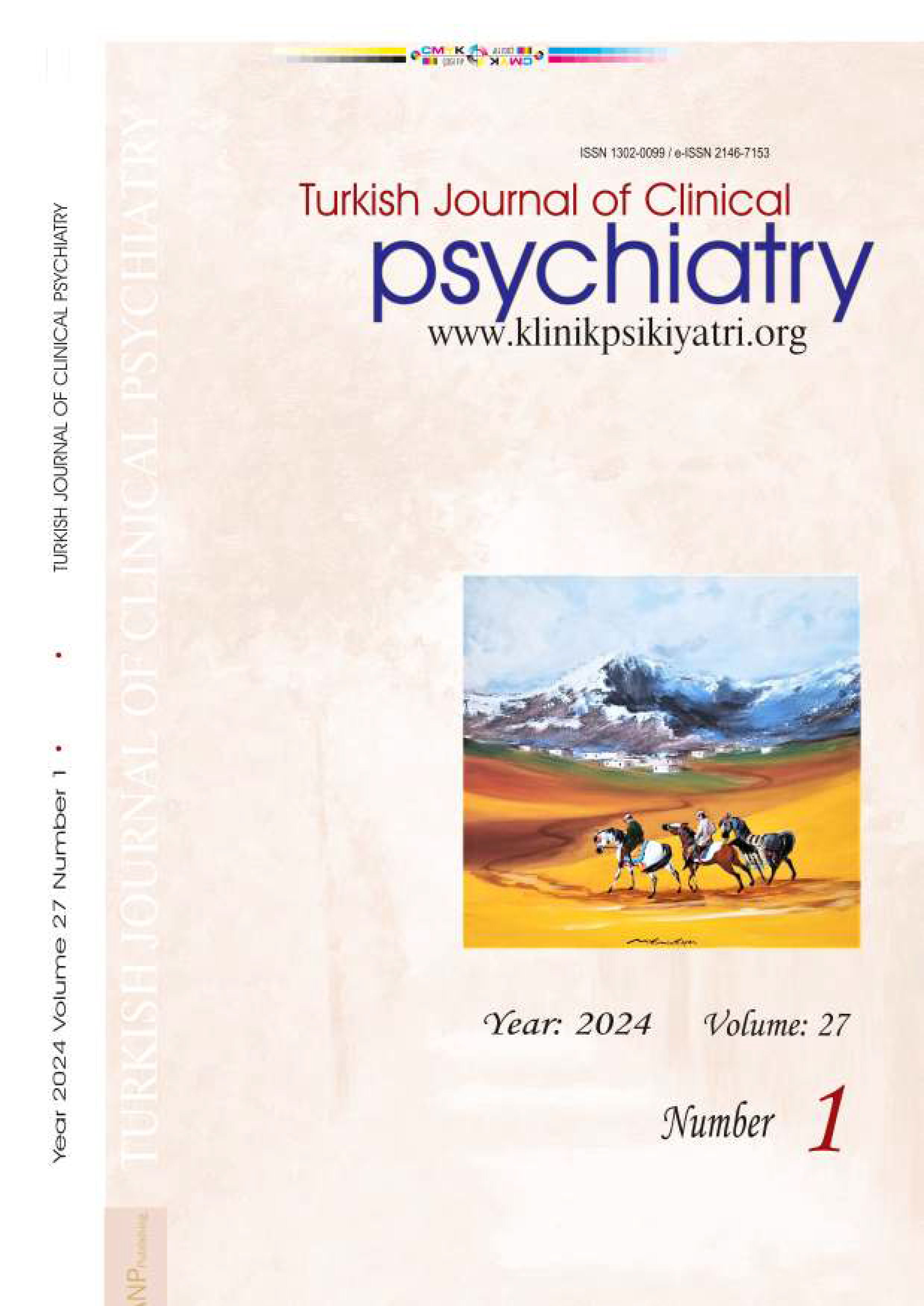
Scientific Revolutions and the Neo-Kraepelinian Movement
Soli Sorias1Prof.Dr., Serbest Psikiyatrist, İzmirAlthough Thomas Kuhn's theory about scientific revolutions doesn't fit all developments in history of science, it is highly regarded because of many good examples from different scientific disciplines. The aim of this article is to examine the evolution of psychiatric diagnosis in the twentieth century and see to what degree it fits Kuhn's description of a scientific revolution. Until the end of the sixties, psychoanalysis was the dominant paradigm and diagnosis wasn't considered an important topic in American psychiatry. Since psychiatrists prefered to focus on the underlying psychodynamical conflicts and considered each patient unique, a common diagnostic label seemed useless. This attitude had prevented the development of a scientific approach to diagnosis. Reliability was low. Different studies about some property of a diagnostic category almost always yielded different results. There was no concept of the specificity or sensitivity of a symptom. The diagnosis of latent schizophrenia was very common. The psychiatric diagnostic system was attracting major critisims both form inside and outside the field. The pioneers of the new paradigm were Eli Robins, Samuel Guze and their collaborators from Washington University. These scientists first, defined the concept of diagnostic validity together with some means to estimate it, then they published the first diagnostic criteria. This started a huge change and led to the publishing of DSM-III in 1980. The adoption of the new diagnostic manual has been a major achievement for psychiatry. DSM-III indicated a consensus over diagnostic procedures and eliminated the reliabity problem and most of the old critisims.
Keywords: Key Words: DSM-III, diagnosis, history of medicine.Bilimsel Devrimler ve Yeni Kraepelincilik
Soli Sorias1Prof.Dr., Serbest Psikiyatrist, İzmirThomas Kuhn'un bilimsel devrimler kuramı, bilim tarihindeki bütün gelişmelere uymasa da değişik bilim dallarında pek çok örneği olduğu için genellikle kabul görür. Bu yazının amacı psikiyatride tanısal yaklaşımın 20. yüzyıldaki gelişimini inceleyerek Kuhn'un tanımladığı sürece ne denli uyduğunu incelemektir. Altmışlı yılların sonuna kadar, psikanaliz Amerikan psikiyatrisinde egemen paradigma idi. Tanı çok önemli görülen bir konu değildi. Her insanın biricik olduğu, önemli olanın hastanın iç dünyasını anlamak olduğu görüşü oldukça yaygındı. Bu tutum bilimsel bir tanı yaklaşımının gelişmesini engellemişti. Güvenirlik çok düşüktü. Bu yüzden belli bir hastalığa ilişkin etiyolojik, biyolojik ya da tedavi araştırmaları çok farklı sonuçlar verebiliyordu. Duyarlık, özgülük ve tanısal geçerlik kavramları yoktu. Latent şizofreni tanıları çok yaygındı. Psikiyatrik tanı sistemine içeriden ve dışarıdan yaygın eleştiriler geliyordu. Yeni paradigmanın öncülüğünü Eli Robins, Samuel Güze ve Washington Üniversitesindeki çalışma arkadaşları yaptı. Bu çalışmacılar önce tanısal geçerlik kavramı ile bir tanı kategorisinin geçerliğini tahmin edecek birkaç yöntem ortaya attılar. Sonra da ilk tanı ölçütlerini yayınladılar. Bu, 1980'de DSM-IM'ün yayınlanması ile doruğa ulaşan önemli bir değişiklik süreci başlattı. DSM-III, tanı yöntemleri üzerinde bir ortaklaşma sağlayarak düşük güvenirlik sorununu çözdü ve eski eleştirilerin çoğunu susturdu.
Anahtar Kelimeler: Anahtar Sözcükler: DSM-III, tanı, tıp tarihi.Manuscript Language: English
(3241 downloaded)




